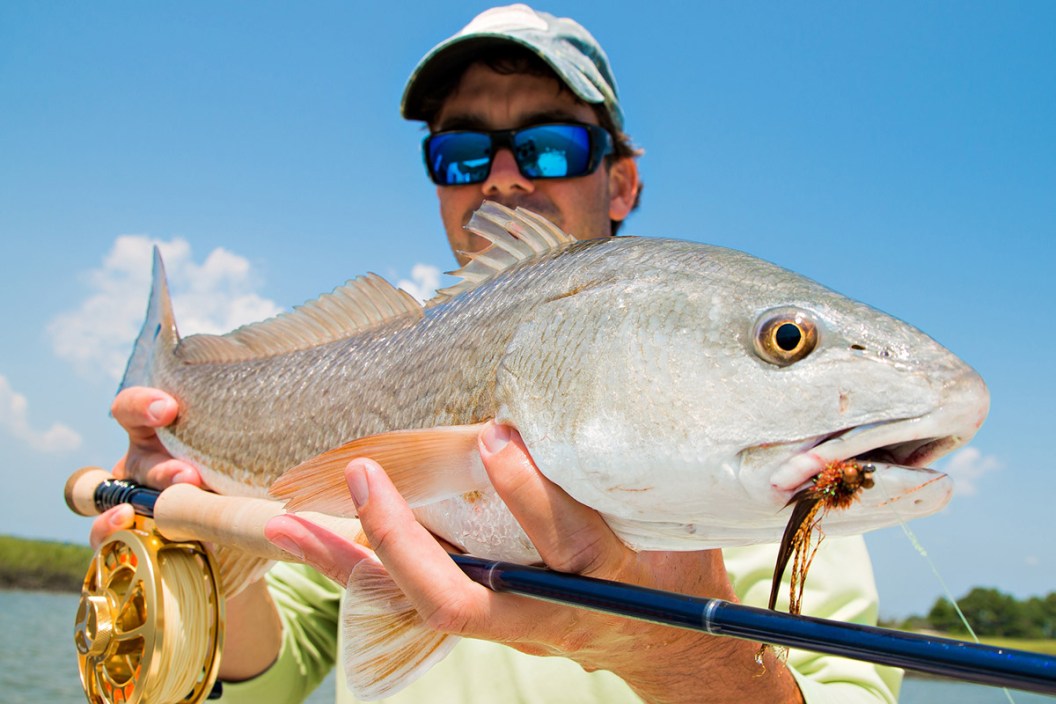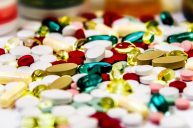A new study reports that not only are Florida's estuaries polluted with pharmaceuticals, but also redfish in the area have become heavily contaminated.
The year-long study, from Florida International University and Bonefish & Tarpon Trust, analyzed 113 redfish from St. Augustine, Tampa Bay, Florida Bay, Pensacola, Indian River Lagoon,, Apalachicola, Cedar Key, Charlotte Harbor, and Jacksonville. Researchers found the redfish had an average of roughly 2 different pharmaceuticals in their tissues, with many containing up to 3.3. What's more, two of the three most common drugs were opioids and psychoactive medications.
The number of contaminated fish was even more staggering, as only a mere seven out of 113 fish were free of contamination.
Past studies have proven that human pharmaceuticals can remain active in fish species at minimal doses. More concerning, research has shown the contaminants have the ability to impact the fish's behavior, such as feeding, movement, socialization, migration, and reproduction.
This study follows a similar project release last year from the same research group that found Florida bonefish tested positive for some 17 different pharmaceuticals in blood plasma samples across nine different Florida estuaries.
While the 2022 bonefish study highlighted far more alarming levels of human drugs, officials have deemed the redfish findings has an "urgent concern" that must be addressed.
Jim McDuffie, Bonefish & Tarpon Trust President, believes the contamination poses a threat not only to the fish, but also to businesses that rely on healthy waters—namely Florida's recreational fishing industry.
"The results underscore the urgent need to modernize Florida's wastewater treatment systems," McDuffie told Hatch Magazine in an interview. "Human-based contaminants like these pose a significant threat to Florida's recreational fishery, which has an annual economic impact of $13.9 billion and directly supports more than 120,000 jobs."
We aren't yet sure if or to what extent these levels of contamination could affect anyone who eats redfish or bonefish. But the widespread contamination found in this study is enough to spark more investigation:
"Given the impacts of many of these pharmaceuticals on other fish species and the types of pharmaceuticals found, we are concerned about the role pharmaceuticals play in the health of our fisheries. We will continue this work to get more answers to these concerning questions," Dr. Jennifer Rehage, FIU professor and lead researcher, told Hatch Magazine.




